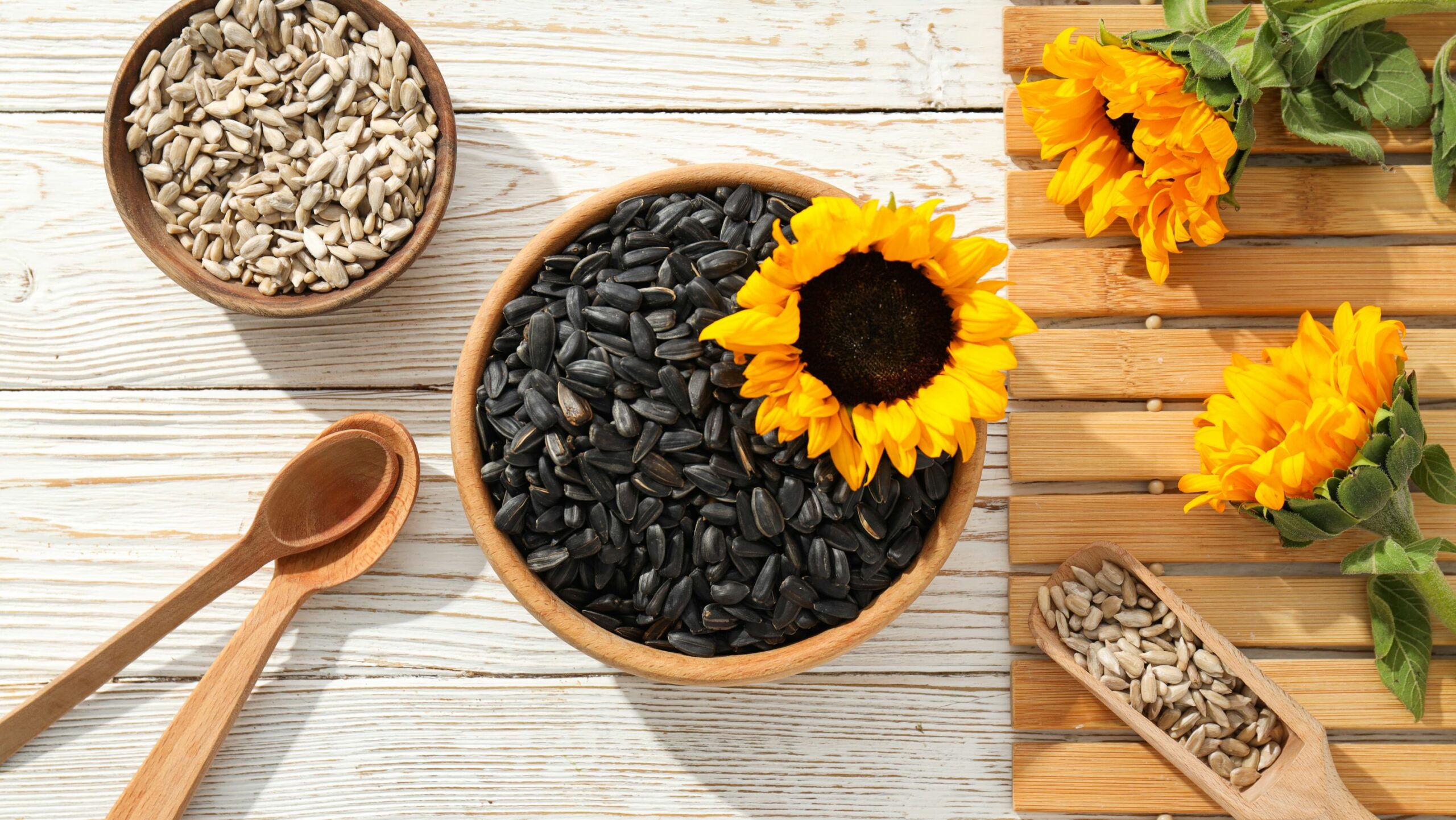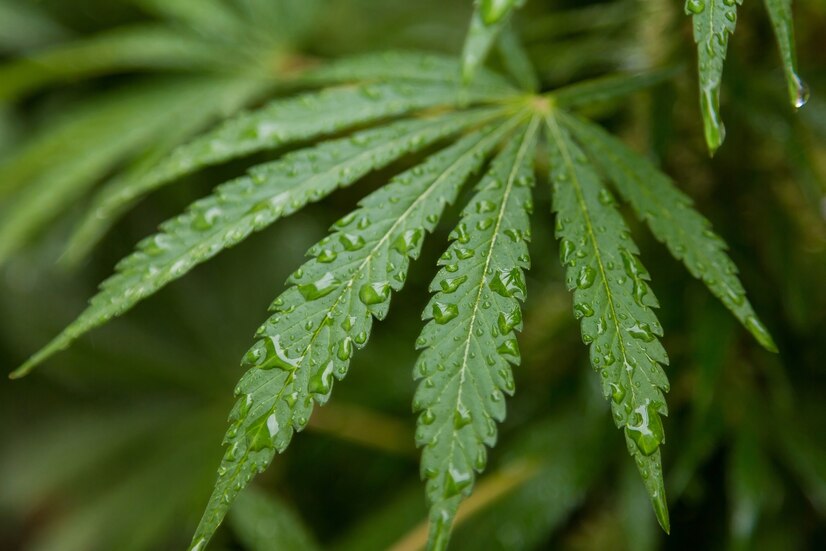For optimal results with automatic maturation varieties, choose BC Seed resources that offer reliable genetics. Select strains known for resilience and adaptation to local climates, ensuring robust growth and higher yields. Look for cultivars that exhibit a strong resistance to common pests and diseases, enhancing your gardening experience.
Consider the photoperiod requirements; automatic plants thrive without strict light-cycle management, making them ideal for novice growers. Prioritize varieties with known adaptability to varying environmental conditions, which boosts the chances of a successful harvest.
Soil quality plays a significant role in the development of these specific botanicals. Invest in nutrient-rich organic mediums that promote healthy root systems. Monitor humidity and temperature levels closely to prevent mold and ensure proper growth rates. Fertilization schedules should be tailored to the chosen strains, focusing on the right balance of nitrogen, phosphorus, and potassium to maximize output.
Harvest timing is crucial. Monitor trichome maturity closely; a slight change in coloration can signal the perfect moment to harvest for optimum potency and flavor. Utilizing tools like magnifying lenses can assist in this precise observation. Auto flowering seeds make timing even more essential, as their life cycle is predetermined and less influenced by light schedules.
Stay informed about local regulations regarding cultivation, ensuring compliance while enjoying the benefits of growing these convenient plants. Making educated choices can significantly influence your gardening success in this category.
Choosing the Right Auto Flowering Seeds for Your Climate
Select cultivars that are bred for your specific climate conditions. For regions with short summers, choose strains that mature quickly, typically between 8 to 10 weeks. Seek out earlier yielding varieties to capitalize on the limited growing season.
Cold Climates
In cooler areas, select resilient types that tolerate lower temperatures. Look for those with good disease resistance, as humidity can be a problem in some conditions. Indicas often perform better in such climates due to their compact structure and shorter growth cycle.
Warm Climates
For warmer zones, opt for varieties that can handle excess heat and humidity. Strains with sativa genetics may thrive, capitalizing on longer daylight hours. 
Ensure you monitor water levels, as higher temperatures may lead to faster evaporation and nutrition requirements.
Consider local microclimates as well. A strain that works in one spot may not thrive in slightly different conditions. Regularly assess growth patterns and adjust your selection accordingly to improve the success of your cultivation efforts.
Step-by-Step Guide to Growing Auto Flowering Cannabis
Choose quality genetics. Select reliable varieties suited to your local climate and growth environment—trusted sources like BC Seed Bank can provide a wide selection of strains with proven performance.
Prepare your growing medium. Use a well-draining soil mix rich in nutrients, or opt for coco coir for better control over feeding.
Germinate your plants. Sow the seeds directly into the chosen medium, planting them at a depth of 0.5 to 1 inch. Maintain a warm, moist environment until sprouting occurs.
Provide the right lighting. Utilize full-spectrum LED or CFL lights. Maintain an 18/6 light schedule to ensure healthy growth.
Control temperature and humidity. Aim for a temperature range of 70-80°F (20-27°C) during the day and slightly cooler at night. Keep humidity levels around 40-60% during vegetative stages, reducing to 40% during flowering.
Water cautiously. Allow the top 1-2 inches of soil to dry before watering again. Avoid overwatering, which can lead to root rot.
Feed regularly. Use a balanced nutrient solution specifically formulated for cannabis. Start feeding after seedlings have developed their first true leaves.
Prune and train as needed. Employ low-stress training techniques to enhance light penetration and increase yields without damaging the plants.
Monitor for pests and diseases. Regularly inspect leaves for signs of trouble. Apply organic treatments at the first sign of any issues.
Harvest at the right time. Monitor trichome development; when the majority are cloudy with some amber, it’s the optimal harvesting window.
Dry and cure properly. Hang branches in a dark, controlled environment to dry, then store in airtight containers for curing to enhance flavor and potency.
Harvesting and Curing Techniques for Auto Flowering Varieties
Monitor trichome development closely. Use a microscope to inspect the resin glands; harvest when they shift from clear to cloudy and a few amber appear. Timing plays a critical role in achieving the desired potency and flavor.
Harvesting Steps
- Prepare tools: Gather sharp scissors or trimming shears, gloves, and containers for collection.
- Cut branches: Start from the top down, ensuring to handle each branch gently to prevent damage. This approach preserves the integrity of the remaining buds.
- Remove excess leaves: Trim away sugar leaves for more efficient drying and an appealing final product.
Curing Process
- Drying: Hang branches upside down in a dark, well-ventilated space with a controlled temperature (60-70°F) and humidity (45-55%). Aim for 7-14 days until the stems snap rather than bend.
- Jarring: Place dried buds in glass jars, filling them about 70% full to allow for air circulation.
- Burping: Open jars daily for 10-15 minutes during the first two weeks to let moisture escape and fresh air enter. Continue this process for up to a month to enhance flavor and smoothness.
Check humidity levels inside jars with a hygrometer. Target around 62% for optimal curing. If too moist, consider adding a humidity control pack.

Aging the product enhances the aroma and taste. After the initial curing phase, store jars in a cool, dark location for several months, periodically checking for moisture.



